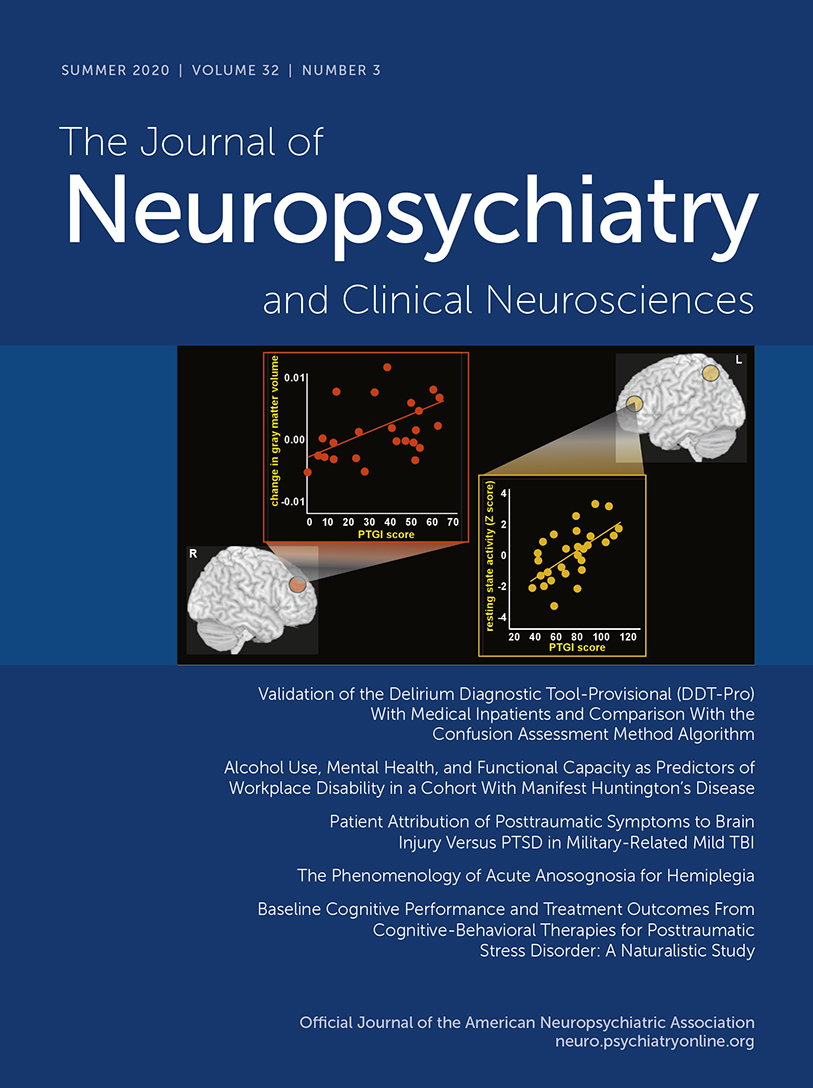Assessing Mental Health Difficulties of Persons With Huntington’s Disease: Does Informant Presence Make a Difference?
Abstract
Objective:
Persons with Huntington’s disease (HD) often have communication difficulties and cognitive impairments, making mental health assessment difficult. Informants close to the patient are often included in assessments. The authors investigated effects of informant presence during assessment of persons with HD.
Methods:
Data for four subsamples from ENROLL-HD were examined: manifest for HD (N=4,109), premanifest (N=1,790), genotype negative (N=1,041), and family members with no genetic risk (N=974). Assessment interviews with and without an informant present were identified, and the subsamples were compared on three subscales of the short-form Problem Behaviors Assessment: affect, apathy, and irritability. Differences in scores between participant-only and informant-present interviews were examined via multiple regression, controlling for demographic, disease-related, and individual confounds.
Results:
Significant differences in apathy and irritability scores were found between participant-only and informant-present conditions for the premanifest, manifest, and genotype-negative subsamples. Affect subscale scores were not influenced by informant presence. When the analysis controlled for confounds, informant presence significantly increased irritability scores in the manifest, and genotype-negative groups and significantly increased apathy scores in the manifest group.
Conclusions:
Apathy may have been systemically underreported in participant-only interviews, which supports previous findings that persons with HD underreport mental health symptoms. When an informant was present, irritability scores were higher for both HD and non-HD individuals, suggesting that underreporting via self-report may be attributable to non-HD factors. Informant contributions to apathy assessments may be particularly important for persons with HD. Clinicians should note potential underreporting regarding irritability and affect, which was not remediated by informant presence.



